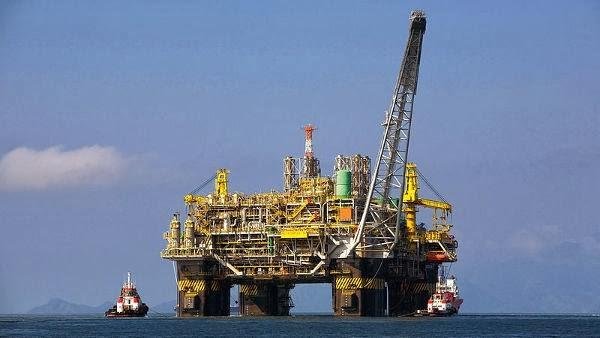Fact, Under the Sea There is a Fresh Water Source
A team of scientists says that in the depths of the seabed there is a freshwater source that can be used as a mineral source and the amount is far too large. At least the source and fresh water reserves are able to sustain future generations due to the explosion of population growth and the need for clean water.
The scientists estimate that at least 500,000 cubic kilometers of freshwater are buried under the seabed of the continent of Australia, China, America, Asia and Africa. Even estimated in every part of the world there are reserves of fresh water sources located on the seabed.
According to Vincent Post a soil hydrologist from Flinders University, Adelaide, that the volume of freshwater resources found is a hundred times larger than water sources that have been found on the earth's surface since 1900. This fresh water is just below the most basic sea level it is possible to take it using offshore oil drilling techniques. So with this discovery, there are solutions to provide more resources in helping to reduce the impact of drought and water shortage in some areas, such as Africa.
 
According to data collected by the United Nations, the use of fresh water throughout the world has grown to double the number of the population of the last century. All this happens due to the needs of agricultural irrigation, meat production, industry, even everyone now uses more water. More than 40 percent of the world's population are already living in conditions of scarcity of freshwater resources. So in 2030, the UN estimates that 47 percent of people will experience stress due to water needs.
The discovery of marine underwater resources reserves is rare, combining all the information it has found that fresh water is a public discovery and not an anomaly that only occurs in special circumstances. Freshwater reserves have been formed for hundreds of thousands of years in the past when sea levels were much lower. The area that is suspected to contain fresh water exposed to rainfall which is then absorbed into to form a fresh water deposit.
When the polar ice sheets began to melt about 20,000 years ago and the coastline began to disappear, but most remain intact protected by layers of clay and sediment. In some cases fresh water is under the sea, but in many cases it is a mixture of freshwater and seawater, or more commonly called brackish water.
Current underwater sea resources reserves are very promising and reliable in some countries to meet water demands, and costs are cheaper than desalination techniques. The technique of taking a water reserve can be done exactly like an offshore oil drilling. This reserve should be used as much as possible because the water will not be refilled until the sea level drops back and it takes thousands of years to replenish it.
In the future, the team of scientists advises governments around the world to target the use of freshwater resources. As is the case in Australia, where they pump water to the surface for 100 years and let it evaporate, while the water requirement is very little. Water pump closure costs a lot of money, and this is to save water reserves in the soil.
In some countries that have difficulty getting fresh water (such as Australia, Africa) it is more likely to consider rescuing mineral resources than countries with abundant resources (such as Indonesia for example). They take into account future population explosions and useable freshwater source reserves, especially for industry and agriculture will definitely require more than today.